Find Help
More Items From Ergsy search
-
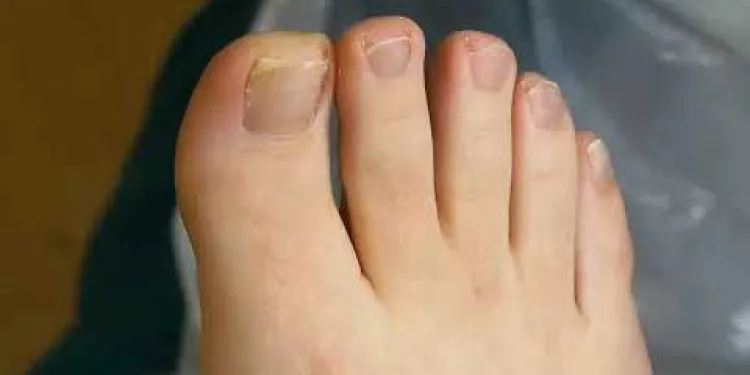
How to treat an ingrowing toenail / Involuted nail
Relevance: 100%
-
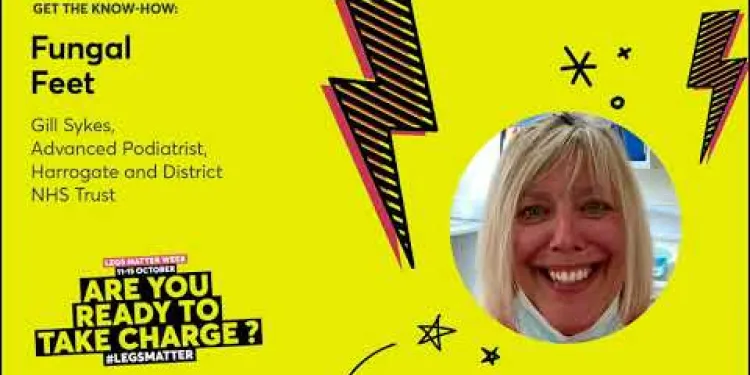
Podiatrist Fungal feet - fungal infection of skin and nails and how to prevent fungal infection in feet
Relevance: 25%
-
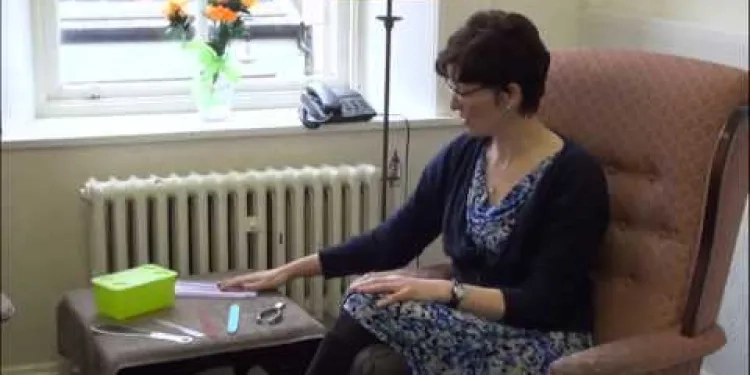
Podiatrist Personal Footcare
Relevance: 16%
-
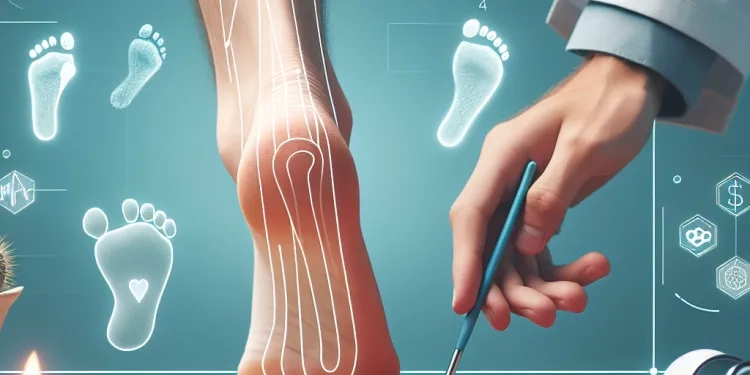
NHS Looking after your feet - Podiatrist https://youtu.be/8J1v6K21ykc
Relevance: 13%
-

Having chemotherapy and other treatments in the Day Treatment Unit
Relevance: 10%
-

Is there a treatment for measles?
Relevance: 10%
-
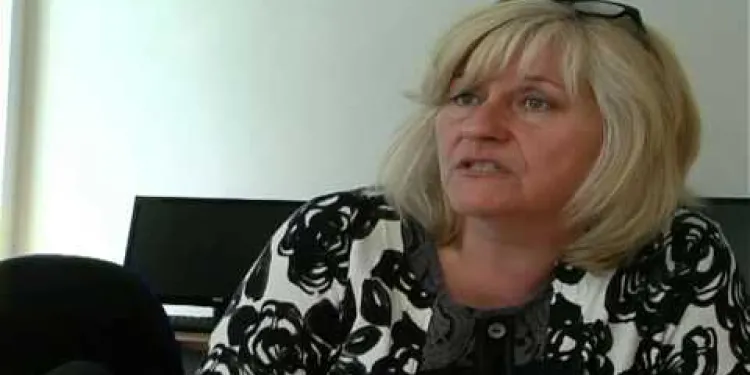
NHS Ayrshire and CVO East Ayrshire - ‘Feet First – Podiatry Services in East Ayrshire’
Relevance: 10%
-

Is there a treatment for measles?
Relevance: 10%
-

Are chiropractic treatments safe?
Relevance: 10%
-

Is Botox treatment expensive?
Relevance: 10%
-

Are chiropractic treatments painful?
Relevance: 10%
-

What is the treatment for appendicitis?
Relevance: 10%
-
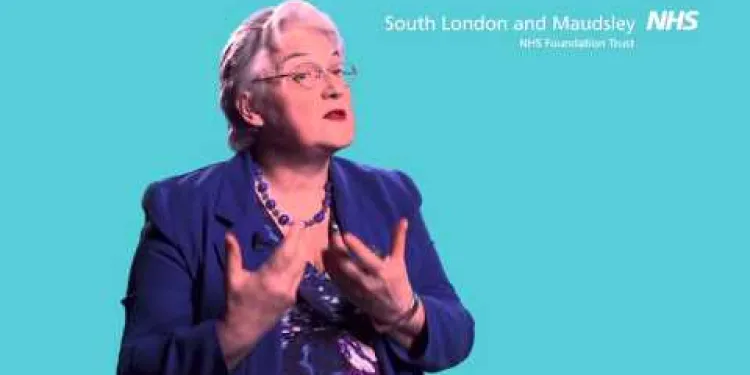
Eating disorders: treatment
Relevance: 10%
-

Is Paillon treatment a form of chemotherapy?
Relevance: 10%
-

What is Paillon treatment for cancer?
Relevance: 10%
-
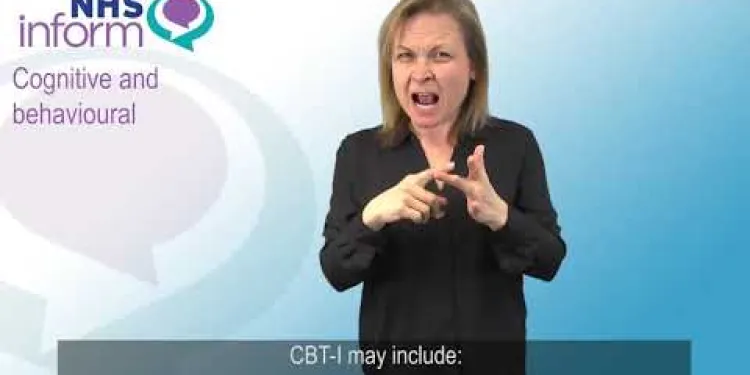
BSL - Treatments for insomnia
Relevance: 10%
-

Who developed the Paillon treatment?
Relevance: 10%
-
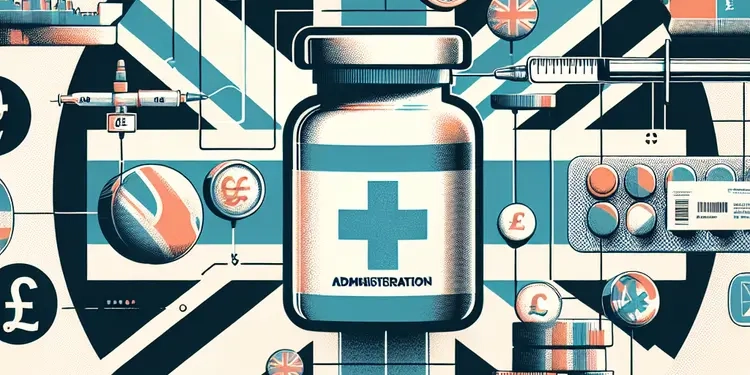
How is Paillon treatment administered?
Relevance: 10%
-

Is Paillon treatment FDA approved?
Relevance: 10%
-

Is a prescription required for Paillon treatment?
Relevance: 10%
-

Fertility treatments on the up, but not via the NHS
Relevance: 10%
-

What are topical treatments for psoriasis?
Relevance: 10%
-

What treatments are available for eczema?
Relevance: 10%
-

What is the treatment for chickenpox?
Relevance: 9%
-

Are homeopathic treatments covered by the NHS?
Relevance: 9%
-

Are inhalers the only treatment for asthma?
Relevance: 9%
-
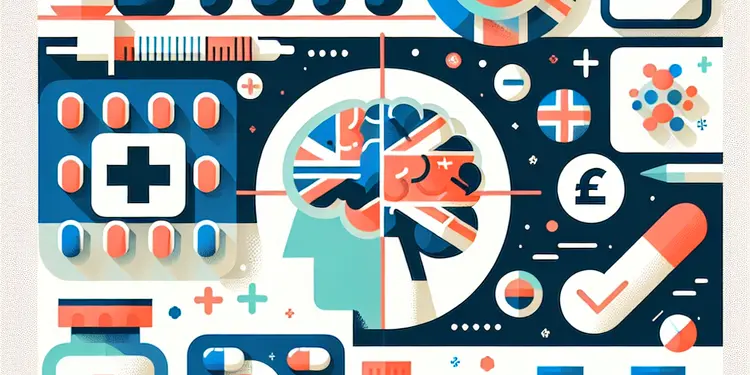
What is the treatment for bacterial meningitis?
Relevance: 9%
-

What are common treatments for ADHD?
Relevance: 9%
-
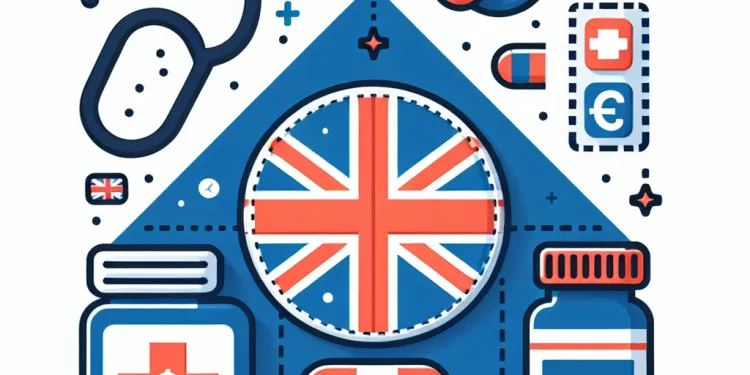
What treatments are available for shingles?
Relevance: 9%
-

What treatments are available for shingles?
Relevance: 9%
-

What treatments are available for obesity?
Relevance: 9%
-

The treatment approach for an eating disorder
Relevance: 9%
-
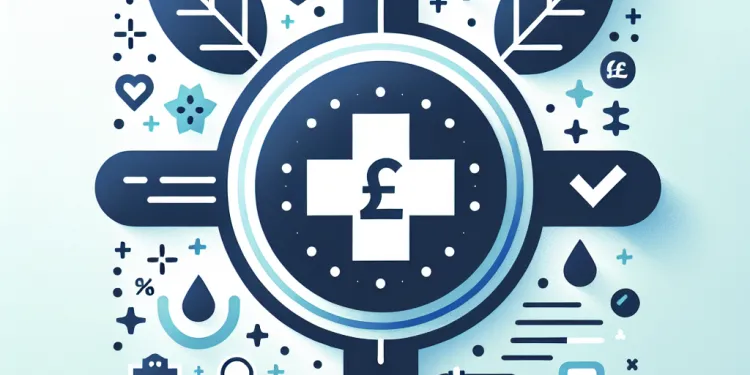
Are there treatments for West Nile Virus?
Relevance: 9%
-
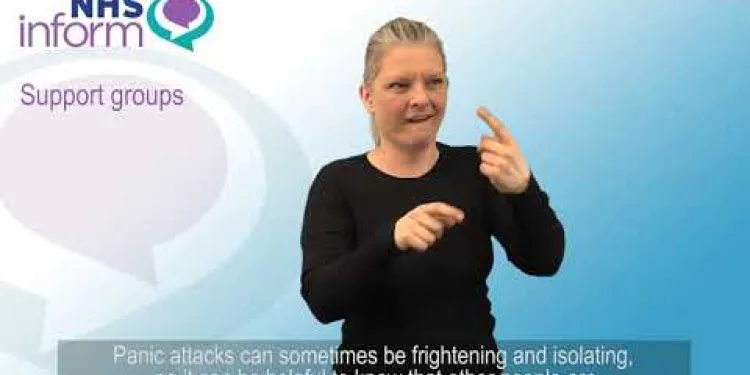
BSL - Treatment of panic disorder
Relevance: 9%
-

Are there treatments available for postnatal depression?
Relevance: 9%
-

Hernias and their Treatments - A guide for patients
Relevance: 9%
-

What are the success rates of Paillon treatment?
Relevance: 9%
-

What is the new treatment for hepatitis C like?
Relevance: 9%
-

What are the costs associated with Paillon treatment?
Relevance: 9%
-
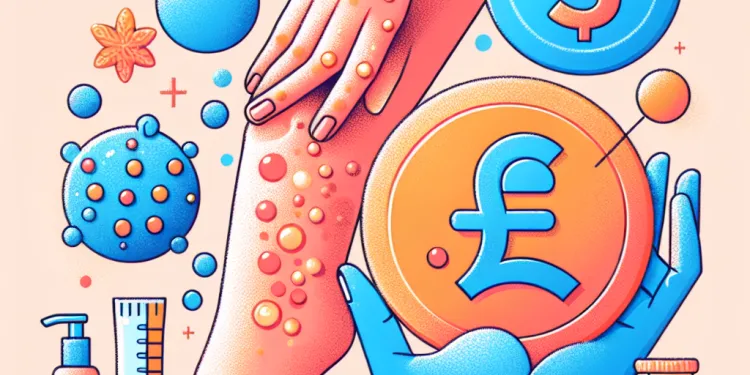
What treatment options are available for psoriasis?
Relevance: 9%
How to Treat an Ingrowing Toenail in the United Kingdom
Understanding Ingrowing Toenails
An ingrowing toenail, also known as an involuted nail, occurs when the side or corner of the nail grows into the surrounding skin, causing discomfort and potentially leading to infection. This condition is most commonly seen on the big toe. It can result from improperly trimmed nails, tight shoes, or even natural growth patterns. Early identification and care are essential to prevent complications.
Initial Home Treatment
At the first sign of an ingrowing toenail, begin by soaking your feet in warm water with Epsom salts for 15-20 minutes a few times a day. This can help reduce swelling and ease pain. After soaking, gently lift the nail edge and place a small piece of cotton or dental floss under it to promote growth above the skin. Change the cotton or floss daily and keep the area clean to avoid infection.
When to Seek Professional Care
If pain persists or if there are signs of infection—such as redness, increased swelling, or pus—it is advisable to consult a healthcare professional. In the UK, you can visit a GP, or directly contact a podiatrist, who specializes in foot care. They may prescribe antibiotics to treat an infection or perform a minor surgical procedure to remove part of the nail if necessary.
Preventing Ingrowing Toenails
Preventing future episodes involves proper nail care. Trim nails straight across, ensuring they do not taper at the corners, and keep them at a moderate length. Wear shoes that fit well without pressing on the toes. Be mindful of foot hygiene and regularly inspect your feet, especially if you have diabetes or other conditions affecting circulation or sensation.
Conclusion
Dealing with an ingrowing toenail can be uncomfortable, but with prompt attention and proper care, it can be effectively managed. Remember to act early, adopt preventive measures, and seek professional advice when necessary, ensuring your feet remain healthy and pain-free.
How to Treat an Ingrowing Toenail in the United Kingdom
Understanding Ingrowing Toenails
An ingrowing toenail is when a nail grows into the skin on the side or corner of your toe. This hurts and can sometimes cause infection. It usually happens on the big toe. It can happen if you do not cut your nails properly, wear tight shoes, or because of the way your nails grow. Spotting it early and caring for it is important to avoid more problems.
Initial Home Treatment
If you notice your toenail growing into your skin, start by soaking your foot in warm water with some Epsom salts for 15-20 minutes. Do this a few times a day. This helps with pain and swelling. After soaking, gently lift the corner of the nail and put a small piece of cotton or floss under it. This helps the nail grow above the skin. Change the cotton or floss every day and keep the area clean so it does not get infected.
When to Seek Professional Care
If it still hurts or you see signs of infection like redness, more swelling, or pus, you should see a healthcare professional. In the UK, you can visit a doctor (GP) or a foot specialist called a podiatrist. They might give you medicine or do a small procedure to fix the nail if needed.
Preventing Ingrowing Toenails
To stop it from happening again, take good care of your nails. Cut your nails straight across, not curved at the corners, and don't let them get too long. Wear shoes that fit well and don't squeeze your toes. Keep your feet clean and check them often, especially if you have health issues like diabetes.
Conclusion
An ingrowing toenail can hurt, but if you take care of it early, you can manage it well. Remember to act quickly, take steps to stop it from happening again, and ask a professional for help if you need it. This will help keep your feet healthy and free from pain.
Frequently Asked Questions
What is an ingrowing toenail?
An ingrowing toenail, or involuted nail, is a common condition where the edge of the toenail grows into the surrounding skin, causing pain, redness, and swelling.
What causes ingrowing toenails?
Ingrowing toenails can be caused by improper nail trimming, wearing tight shoes, injury, or having abnormally shaped nails.
How can I prevent an ingrowing toenail?
To prevent ingrowing toenails, trim your nails straight across, avoid cutting them too short, wear properly fitting shoes, and keep feet clean and dry.
What are the symptoms of an ingrowing toenail?
Symptoms include pain, swelling, redness, and sometimes infection in the area where the nail pierces the skin.
When should I see a doctor for an ingrowing toenail?
See a doctor if you experience severe pain, signs of infection like pus or fever, or if you have a condition that affects foot health, such as diabetes.
Can I treat an ingrowing toenail at home?
Mild cases can be treated at home by soaking the foot in warm water, keeping the area clean, and gently lifting the nail with dental floss. Avoid self-surgery or cutting the nail.
What home remedies can help with an ingrowing toenail?
Soaking your foot in warm, soapy water or Epsom salts, and applying an antiseptic ointment can help alleviate symptoms. Wear open-toed shoes to reduce pressure.
What treatments can a healthcare professional provide?
A podiatrist or GP can provide treatments such as lifting the nail, partially removing the nail, or prescribing antibiotics if an infection is present.
What is a partial nail avulsion procedure?
A partial nail avulsion is a minor surgical procedure where part of the toenail is removed to alleviate pain and allow the nail to grow correctly.
Can systemic health issues cause ingrowing toenails?
Yes, systemic health issues like diabetes or circulatory disorders can exacerbate problems with toenails and require professional management.
Are teenagers more prone to ingrowing toenails?
Yes, teenagers and young adults are often more prone due to active lifestyles and sometimes wearing poorly fitting shoes, particularly during growth spurts.
How long does it take to recover from an ingrowing toenail procedure?
Recovery time varies but usually takes a few days to a few weeks. Following a procedure, wearing loose-fitting shoes and following care instructions is important for recovery.
Is there a specific way to cut toenails to avoid ingrowing toenails?
Yes, cut toenails straight across and not too short to avoid the corners digging into the soft tissue, which can lead to ingrowing toenails.
Can children develop ingrowing toenails?
Yes, children can develop ingrowing toenails, often due to improper nail trimming or wearing shoes that are too tight.
Does wearing socks affect ingrowing toenails?
Wearing socks that are too tight can add pressure to the toes, potentially worsening an ingrowing toenail. Choose socks that fit well and breathe to keep feet dry.
What is an ingrowing toenail?
An ingrowing toenail is when the side of your toenail grows into the skin next to it. This can hurt and make your toe red and swollen.
Here are some tips to help:
- Wear comfy shoes that do not pinch your toes.
- Soak your feet in warm, soapy water to feel better.
- If it hurts a lot, talk to a grown-up or a doctor.
An ingrowing toenail is when the side of your toenail grows into your skin. This can make your toe hurt, turn red, and swell up.
Why do toenails grow into the skin?
Toenails can hurt when they grow into the skin. Here are some reasons why:
- **Tight Shoes**: Shoes that squeeze your toes can push the nails into your skin.
- **Cutting Nails Too Short**: If you cut your nails too close to the skin, they might grow the wrong way.
- **Foot Injury**: Hurting your toe can make the nail grow into the skin.
- **Curved Toenails**: Some people have nails that naturally curve into the skin.
Tools that can help:
- **Nail Clippers**: Use these to cut nails straight across.
- **Comfortable Shoes**: Wear shoes that give your toes room to move.
Ingrowing toenails can happen if you cut your nails wrong, wear shoes that are too tight, hurt your toe, or have nails shaped differently.
How can I stop an ingrowing toenail?
An ingrowing toenail can be painful. Here’s how you can stop it from happening:
- Cut your nails straight: When you trim your toenails, make sure they are cut straight across, not in a curve.
- Don't cut nails too short: Leave a little bit of nail at the end so it goes past the toe.
- Wear comfy shoes: Make sure your shoes fit well and are not too tight. This helps your toes stay healthy.
- Keep feet clean: Wash your feet every day and keep them dry. This helps stop problems.
If you have trouble with your toenails, ask an adult or a doctor to help you. They can give you advice.
To stop ingrowing toenails:
- Cut your nails straight across.
- Don't cut them too short.
- Wear shoes that fit well.
- Keep your feet clean and dry.
Try using helpful tools like nail clippers. You can ask an adult if you need help.
What are the signs of an ingrowing toenail?
An ingrowing toenail can hurt a lot. Here are some signs to look for:
- Your toe might feel sore or tender.
- Your toe could look red or swollen.
- There might be liquid or pus coming out of your toe.
- It can be hard to wear shoes because of the pain.
If your toe hurts, tell a grown-up or see a doctor. They can help make it better.
If a nail grows into your skin, it can hurt. The area might swell up, turn red, and sometimes get an infection.
When should I see a doctor for an ingrown toenail?
An ingrown toenail can hurt. See a doctor if:
- Your toe is very red or swollen.
- Liquid or pus is coming out.
- Your toe gets worse or doesn't get better.
- You have diabetes or blood flow problems.
Tools that can help:
- Soak your foot in warm salty water.
- Wear loose shoes that give your toe space.
If your foot really hurts or you see something like yellow stuff (pus) or you feel hot (fever), it's time to see a doctor. Also, if you have a health problem like diabetes that can affect your feet, you should see a doctor.
Can I fix an ingrown toenail at home?
An ingrown toenail is when the nail grows into the skin. This can hurt and make your toe red.
You can try these steps at home:
- Soak your foot in warm water for 15-20 minutes. This will help soften the skin.
- Gently lift the edge of the nail and put a small piece of clean cotton under it. This can help the nail grow over the skin.
- Keep your foot clean and dry. This helps stop infections.
- Wear loose shoes or sandals to avoid pressure on the toe.
If these steps do not help, or if your toe is very sore and swollen, it is best to ask a doctor or a nurse to help.
Using simple tools can help:
- Magnifying glass to see clearly.
- Nail clippers to carefully trim the nail if needed.
If your foot hurts a little, you can take care of it at home. Put your foot in warm water. Keep it clean. Use dental floss to gently lift the nail. Do not try to do any surgery or cut the nail yourself.
How can I fix an ingrown toenail at home?
An ingrown toenail can hurt your toe. Here are some easy things you can try at home to feel better:
- Soak your foot: Put your foot in warm water with some salt. Do this for 15 to 20 minutes a few times each day. This helps make your toe feel better.
- Wear comfy shoes: Put on shoes that are not too tight. You can also wear sandals to give your toe more space.
- Cut your nails straight: When you trim your toenails, cut them straight across. Do not cut them too short.
- Use a soft cloth: Gently lift the edge of the nail. Put a small piece of clean cloth under it. This can help the nail grow the right way.
- Be careful with your toes: Try not to bump your toe and be gentle with it.
If your toe hurts a lot or gets red and swollen, tell an adult. They can help you see a doctor.
Soak your foot in warm, soapy water or Epsom salts. This helps make it feel better. Put some antiseptic ointment on your foot to help it heal. Wear open-toed shoes, like sandals, so your foot doesn't get too squished.
What Help Can a Doctor or Nurse Give?
Doctors and nurses can help when you are sick or hurt.
Here are some things they can do:
- Give medicine to make you feel better.
- Check your body to see what is wrong.
- Help with owies, like cuts or bruises.
- Give special exercises to help you get stronger.
- Talk with you and listen to how you feel.
- Show you how to stay healthy.
You can ask lots of questions. If you need help understanding, you can:
- Bring someone you trust to help you.
- Ask the doctor or nurse to use simple words.
- Write down what the doctor says or draw pictures.
Doctors and nurses are there to help you feel better!
A foot doctor or regular doctor can help with your toenail. They might lift the nail, take off part of the nail, or give you medicine to fight germs if it's infected.
What is a partial nail avulsion procedure?
A "partial nail avulsion" is a way to help a sore nail. A doctor takes off a bit of the nail to make it better. It can help if the nail is hurting or there is a problem.
Sometimes a sore nail needs special care. A doctor might do a "partial nail avulsion" to help. This means they take away a little part of the nail.
If you want to know more, you can ask the doctor or nurse. They will explain what happens and can show you what to do. Pictures or videos can also help you understand better.
Part of your toenail is taken off in a small surgery. This helps stop pain and helps your nail grow in the right way.
Can health problems make toenails grow into the skin?
Yes, health problems like diabetes or blood flow issues can make toenail problems worse. You should see a doctor to help manage these problems.
Do teenagers get more ingrown toenails?
Teenagers might get more ingrown toenails. This happens when the nail grows into the skin. It can hurt a lot.
It is important to wear shoes that fit well. Cut your nails straight across. Ask an adult or doctor if you need help.
Tools like nail clippers and emery boards can be helpful. If it hurts or is red, talk to a doctor.
Yes, teenagers and young adults can have this problem more. They are active and sometimes wear shoes that don't fit well. This happens more when they are growing quickly.
How long to get better after ingrown toenail treatment?
Getting better can take a few weeks.
Try to rest and keep your foot up.
Ask someone to help you at home if you need it.
You can use pain relief, like painkillers, if it hurts.
If you're worried, talk to your doctor.
Getting better can take a few days or a few weeks. After the treatment, it is important to wear loose shoes and follow the care steps to heal well.
How should I cut my toenails to stop them from growing into my skin?
Here is how to cut your toenails safely:
- Use clippers made for toenails.
- Cut your toenails straight across.
- Do not cut them too short.
- Use a nail file to smooth sharp edges.
If you need help, ask a parent or friend. You can also use a magnifying glass to see better.
Yes, when you cut your toenails, make a straight line across. Don't cut them too short. If you cut too much, the corners of the nail can dig into your toe and hurt. This can cause sore toes, which we call ingrowing toenails.
Can kids get toenails that grow into their skin?
Yes, kids can get toenails that grow into their skin. This can hurt. It happens when the nail pushes into the toe.
Here are some tips to help:
- Cuts nails straight across so they don’t poke the skin.
- Wear comfy shoes that don't squeeze toes.
- Soak feet in warm water to feel better.
- If it hurts a lot, tell an adult to see a doctor.
Yes, children can get ingrown toenails. This can happen if they cut their toenails wrong or wear shoes that are too tight.
Do Socks Cause Ingrown Toenails?
Sometimes, wearing tight socks can push on your toes. This might make toenails grow into your skin.
If your socks are tight, try wearing looser ones. This can help your toes feel better.
If you have pain, talk to an adult or a doctor. They can help you take care of your toes.
Wearing socks that are too tight can hurt your toes. This might make an ingrown toenail worse. Pick socks that fit just right and let your feet breathe to stay dry.
Useful Links
- Ergsy carfully checks the information in the videos we provide here.
- Videos shown by Youtube after a video has completed, have NOT been reviewed by ERGSY.
- To view, click the arrow in centre of video.
- Most of the videos you find here will have subtitles and/or closed captions available.
- You may need to turn these on, and choose your preferred language.
- Go to the video you'd like to watch.
- If closed captions (CC) are available, settings will be visible on the bottom right of the video player.
- To turn on Captions, click settings .
- To turn off Captions, click settings again.
More Items From Ergsy search
-

How to treat an ingrowing toenail / Involuted nail
Relevance: 100%
-

Podiatrist Fungal feet - fungal infection of skin and nails and how to prevent fungal infection in feet
Relevance: 25%
-

Podiatrist Personal Footcare
Relevance: 16%
-

NHS Looking after your feet - Podiatrist https://youtu.be/8J1v6K21ykc
Relevance: 13%
-

Having chemotherapy and other treatments in the Day Treatment Unit
Relevance: 10%
-

Is there a treatment for measles?
Relevance: 10%
-

NHS Ayrshire and CVO East Ayrshire - ‘Feet First – Podiatry Services in East Ayrshire’
Relevance: 10%
-

Is there a treatment for measles?
Relevance: 10%
-

Are chiropractic treatments safe?
Relevance: 10%
-

Is Botox treatment expensive?
Relevance: 10%
-

Are chiropractic treatments painful?
Relevance: 10%
-

What is the treatment for appendicitis?
Relevance: 10%
-

Eating disorders: treatment
Relevance: 10%
-

Is Paillon treatment a form of chemotherapy?
Relevance: 10%
-

What is Paillon treatment for cancer?
Relevance: 10%
-

BSL - Treatments for insomnia
Relevance: 10%
-

Who developed the Paillon treatment?
Relevance: 10%
-

How is Paillon treatment administered?
Relevance: 10%
-

Is Paillon treatment FDA approved?
Relevance: 10%
-

Is a prescription required for Paillon treatment?
Relevance: 10%
-

Fertility treatments on the up, but not via the NHS
Relevance: 10%
-

What are topical treatments for psoriasis?
Relevance: 10%
-

What treatments are available for eczema?
Relevance: 10%
-

What is the treatment for chickenpox?
Relevance: 9%
-

Are homeopathic treatments covered by the NHS?
Relevance: 9%
-

Are inhalers the only treatment for asthma?
Relevance: 9%
-

What is the treatment for bacterial meningitis?
Relevance: 9%
-

What are common treatments for ADHD?
Relevance: 9%
-

What treatments are available for shingles?
Relevance: 9%
-

What treatments are available for shingles?
Relevance: 9%
-

What treatments are available for obesity?
Relevance: 9%
-

The treatment approach for an eating disorder
Relevance: 9%
-

Are there treatments for West Nile Virus?
Relevance: 9%
-

BSL - Treatment of panic disorder
Relevance: 9%
-

Are there treatments available for postnatal depression?
Relevance: 9%
-

Hernias and their Treatments - A guide for patients
Relevance: 9%
-

What are the success rates of Paillon treatment?
Relevance: 9%
-

What is the new treatment for hepatitis C like?
Relevance: 9%
-

What are the costs associated with Paillon treatment?
Relevance: 9%
-

What treatment options are available for psoriasis?
Relevance: 9%


